Context: The central government appointed Arvind Panagariya as the chairman of the 16th Finance Commission (SFC), a constitutional body.
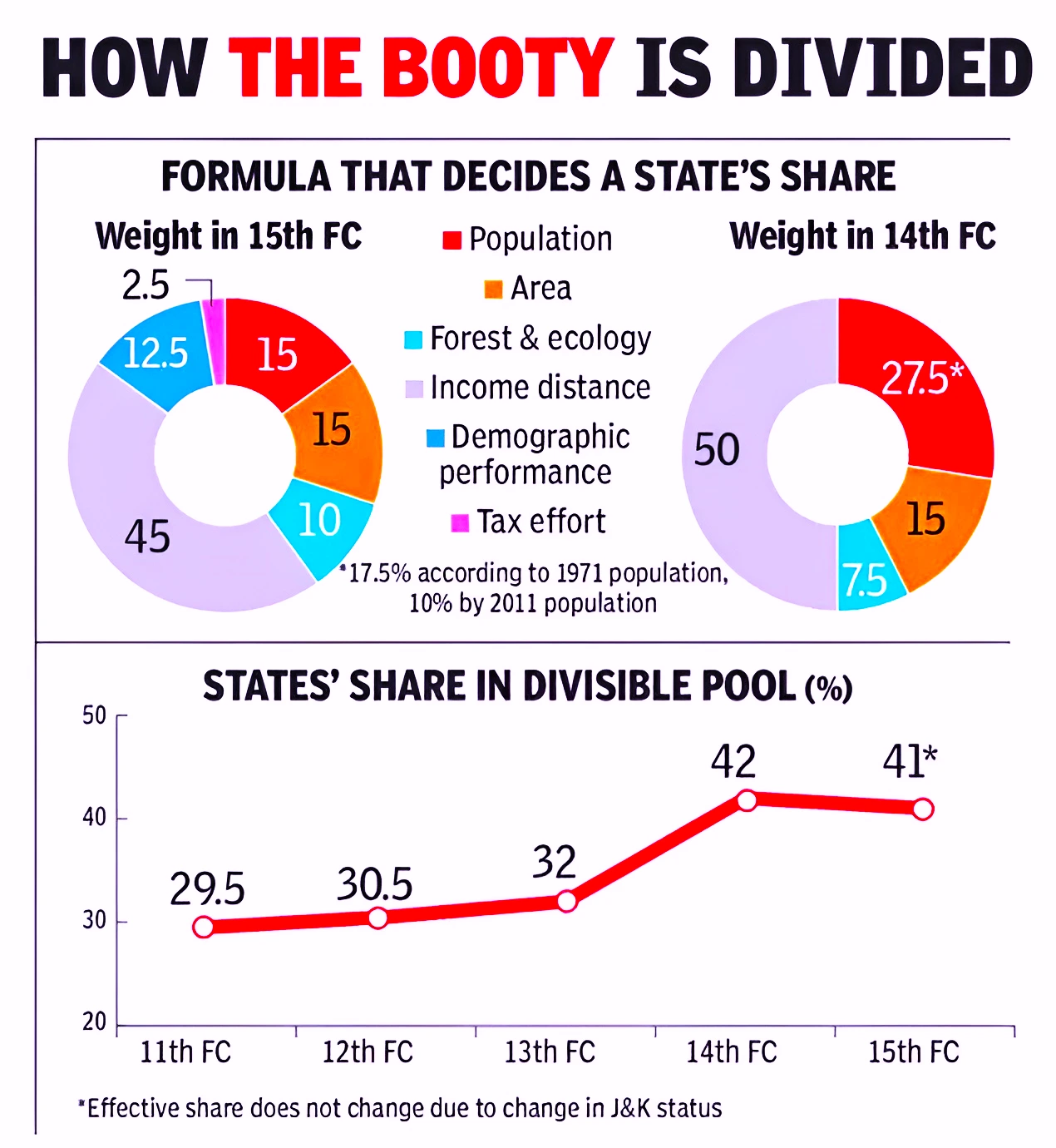
Continue Reading: Terms Of Reference For 16th Finance Commission
Context: Recently, Japan witnessed a series of major earthquakes and issued its highest-level tsunami alert.
The Pacific Ring of FireThe ‘ring’ refers to “an imaginary horseshoe-shaped zone that follows the rim of the Pacific Ocean, where many of the world’s earthquakes and volcanic eruptions occur”.
|
Must Read: Largest Volcanoes In The World List, Distribution, Location
News Source: Indian Express
Context: Recently, a team of researchers have discovered Eurasian otter in the Chinnar Wildlife Sanctuary in Idukki, a first in Kerala.

Also Read: Rare Pelagic Birds on Karnataka’s Coast
News Source: The Hindu
Context: The year 2022-23 saw a sharp rise of cases referred to debt recovery tribunal (DRT) and the amount involved shot up to Rs 4.02 trillion in FY23 compared to Rs 69,000 crore.
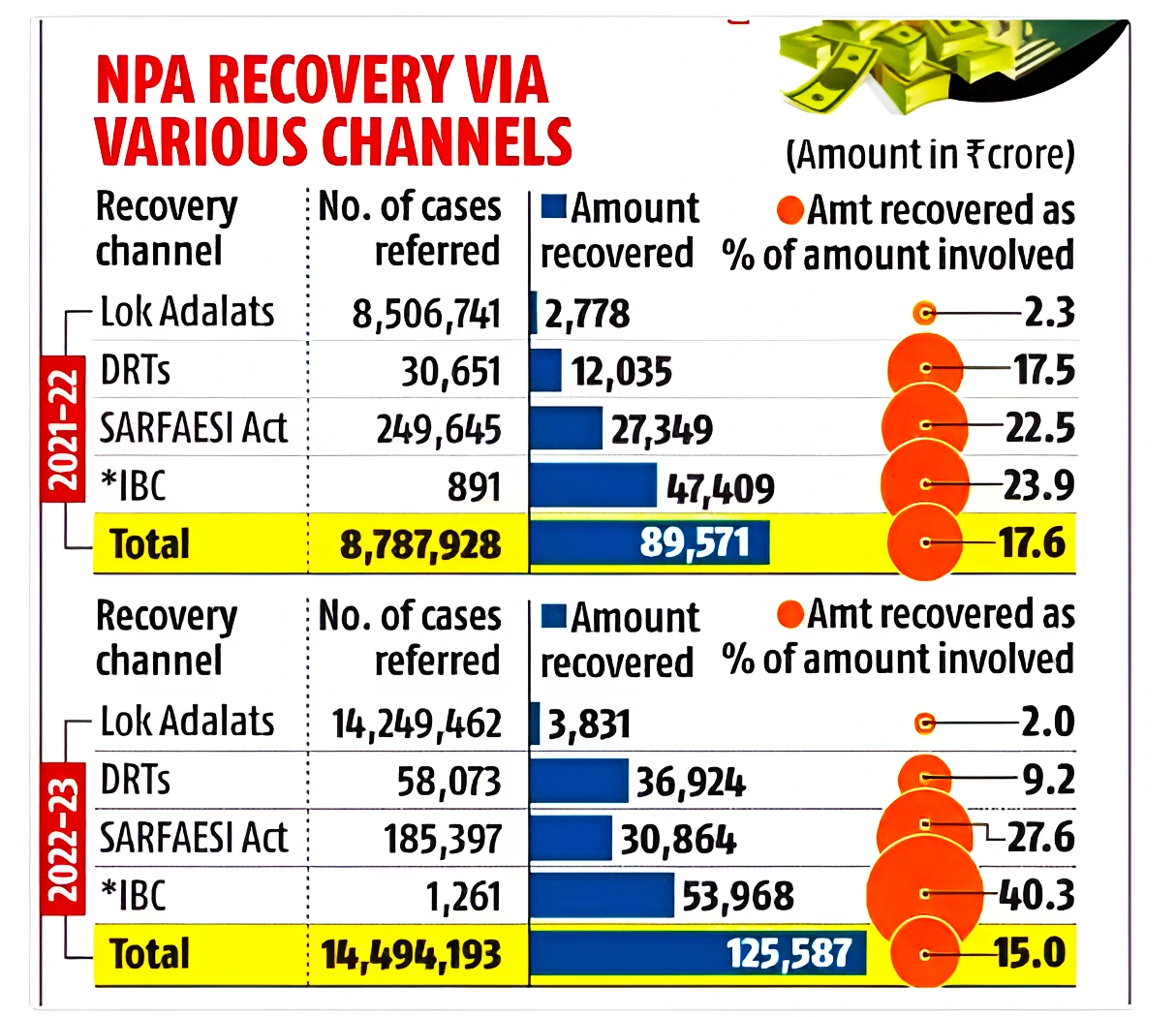
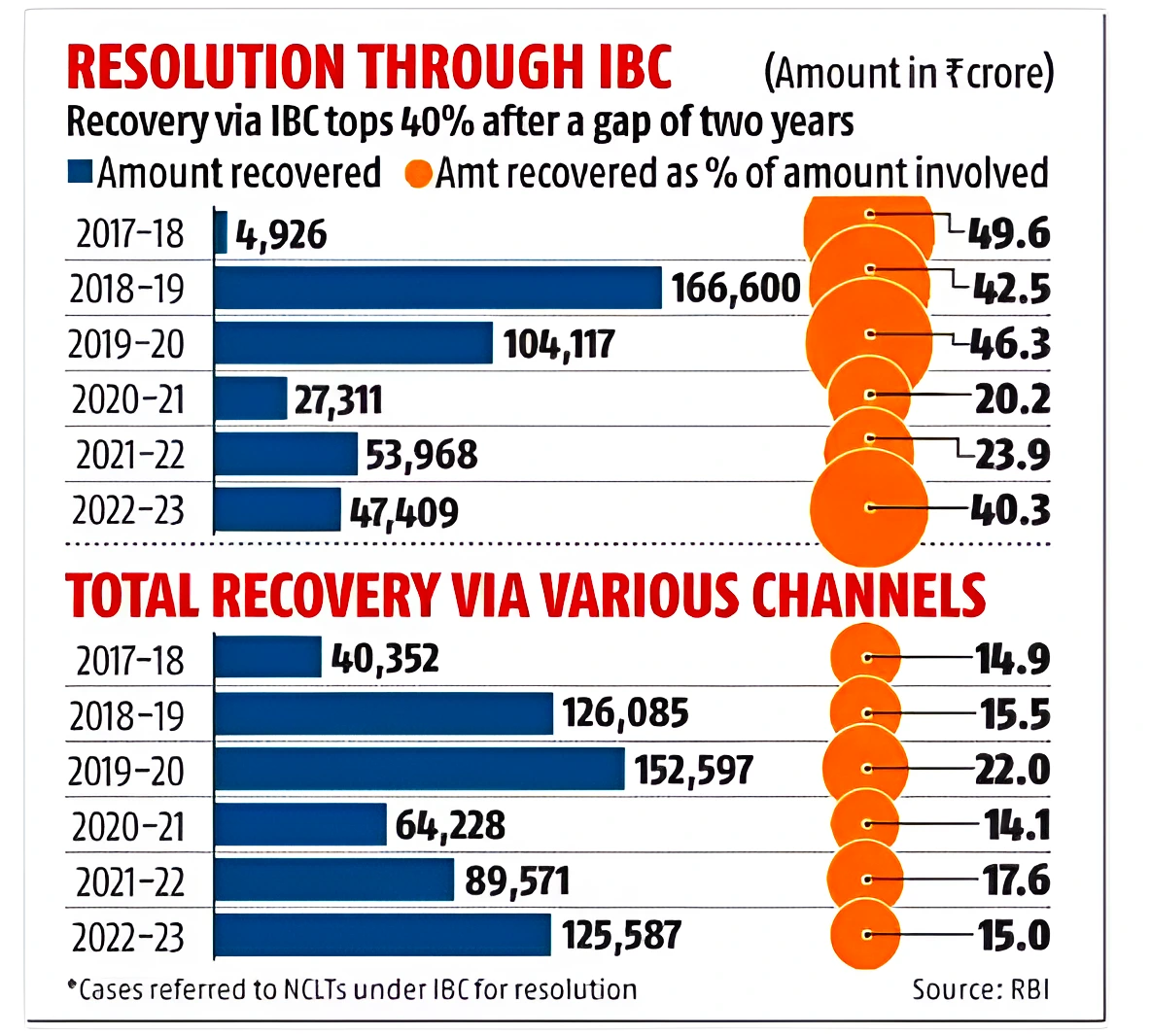 Except for FY20, total recoveries via various channels as percentage of amount were around mid-teens levels.
Except for FY20, total recoveries via various channels as percentage of amount were around mid-teens levels.Must Read: Asset Quality Of Indian Banks
News Source: Business Standard
Context: Recently, the Himachal Pradesh government has issued a notification granting Scheduled Tribe (ST) status to the Hatti community in the Trans-Giri area of Sirmaur district.
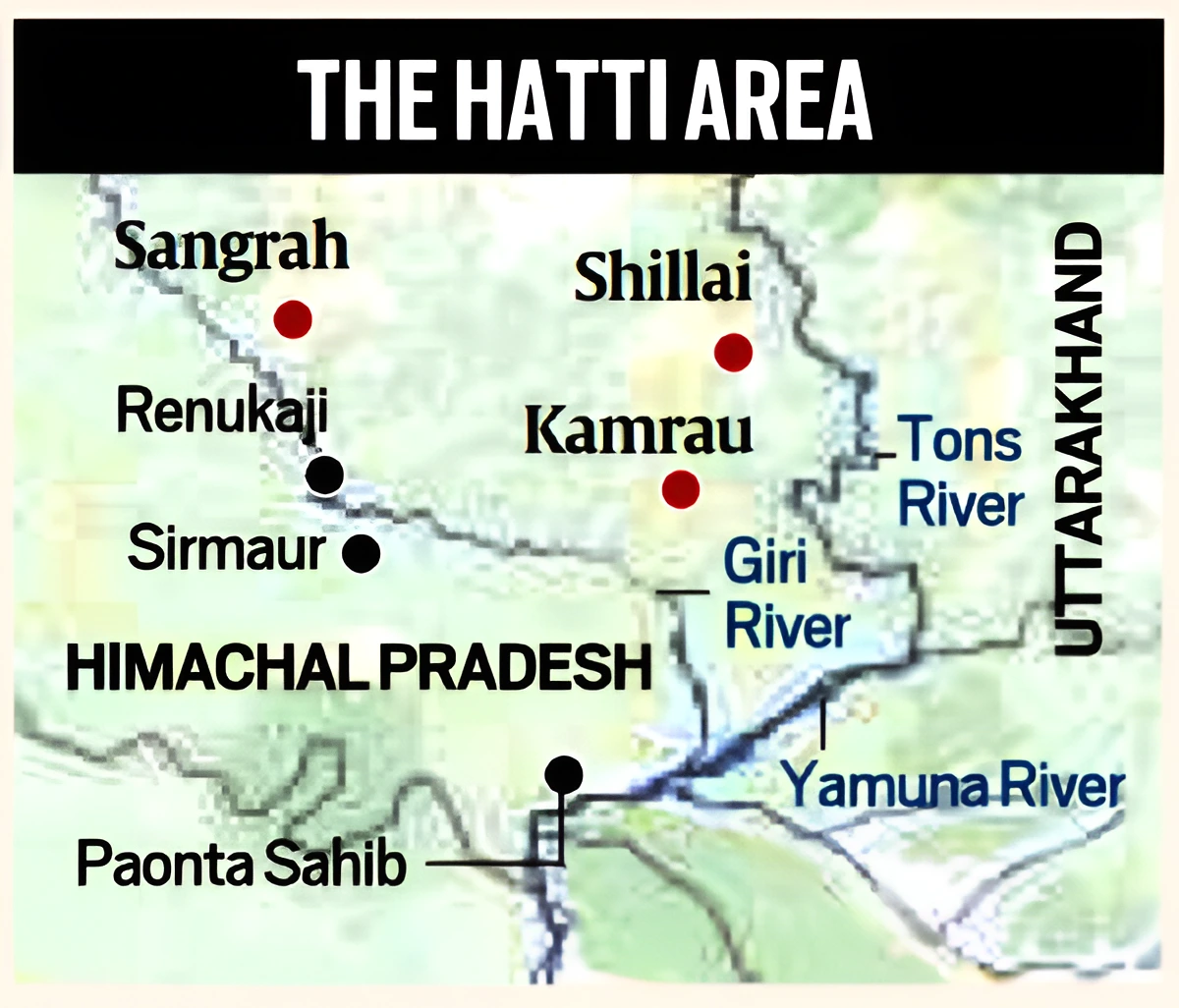
Must Read: Scheduled Areas In India, here.
News Source: The Hindu/ The Times of India
Context: Recently, ISRO has successfully launched its maiden X-ray Polarimeter Satellite (XPoSat) from Satish Dhawan Space Centre in Sriharikota, Andhra Pradesh.
About PSLV Orbital Experimental Module (POEM)
|
|---|
Black Hole
|
|---|
Continue Reading: PSLV-C58 / XPoSat Mission
News Source: Newsonair
Context: Sri Lanka has imposed a one-year ban on Chinese “research vessels” operating in its Exclusive Economic Zone (EEZ).
To read more about India-Sri Lanka Ties, refer India Sri Lanka
About Exclusive Economic Zone (EEZ)
|
|---|
News Source: Live Mint
Context: The newly elected far-right President of Argentina, Javier Milei, pulled out of plans to join the BRICS bloc.
Continue Reading: Argentina Formally Rejects BRICS Membership: Reasons, and Consequences
About BRICS
|
|---|
News Source: Financial Express
Context: India and Pakistan exchanged the list of nuclear installations, covered under the Agreement on the Prohibition of Attack against Nuclear Installations and Facilities.
‘Nuclear Installation or Facility’ includes:
|
|---|
Context: This article is based on the news “Tata Steel’s Jamshedpur Model: A Blueprint for Indian City Governance” which was published in the Live Mint. The Jharkhand government decided to involve Tata Steel in the administration of Jamshedpur city.
| Relevancy for Prelims: Tata Steel for City Administration, Smart Cities Mission, 74th Constitutional Amendment Act, Urban Local Bodies (ULB), and 16th Finance Commission.
Relevancy for Mains: Urban Governance: What is It?, Its Need, Status, Challenges with India’s Urban Governance System and Way Forward. |
|---|
74th Constitutional Amendment Act: The ULBs have to assume responsibilities for urban planning, water supply, economic planning, etc. It provided for the constitution of three types of ULBs:
|
|---|
Government Initiatives/Interventions For Better Urban Governance In India
|
|---|
Recommendations of Finance Commission (FC) for Local Bodies
|
|---|
The Tata Steel’s Jamshedpur Model presents a promising shift in urban governance, addressing accountability and modern accounting issues, and serves as a potential blueprint for efficient and democratic city administration in India’s evolving urban landscape.
Context: This article is based on the news “Farm and Food Policy: How Modi government has swung from pro-producer to pro-consumer in the last two years” which was published in the Indian Express. From 2014, the Indian government focused on pro-producer policies, emphasizing agricultural growth and farmer welfare. However, in recent years, a policy shift occurred, transforming the approach to pro-consumer measures.
| Relevancy for Prelims: Public Distribution System (PDS), Minimum Support Prices (MSP), Consumer Price Index (CPI), and Food Inflation.
Relevancy for Mains: Impact of Farm and Food Policy Shift, and Relation Between Farm and Food Policy and Inflation. |
|---|
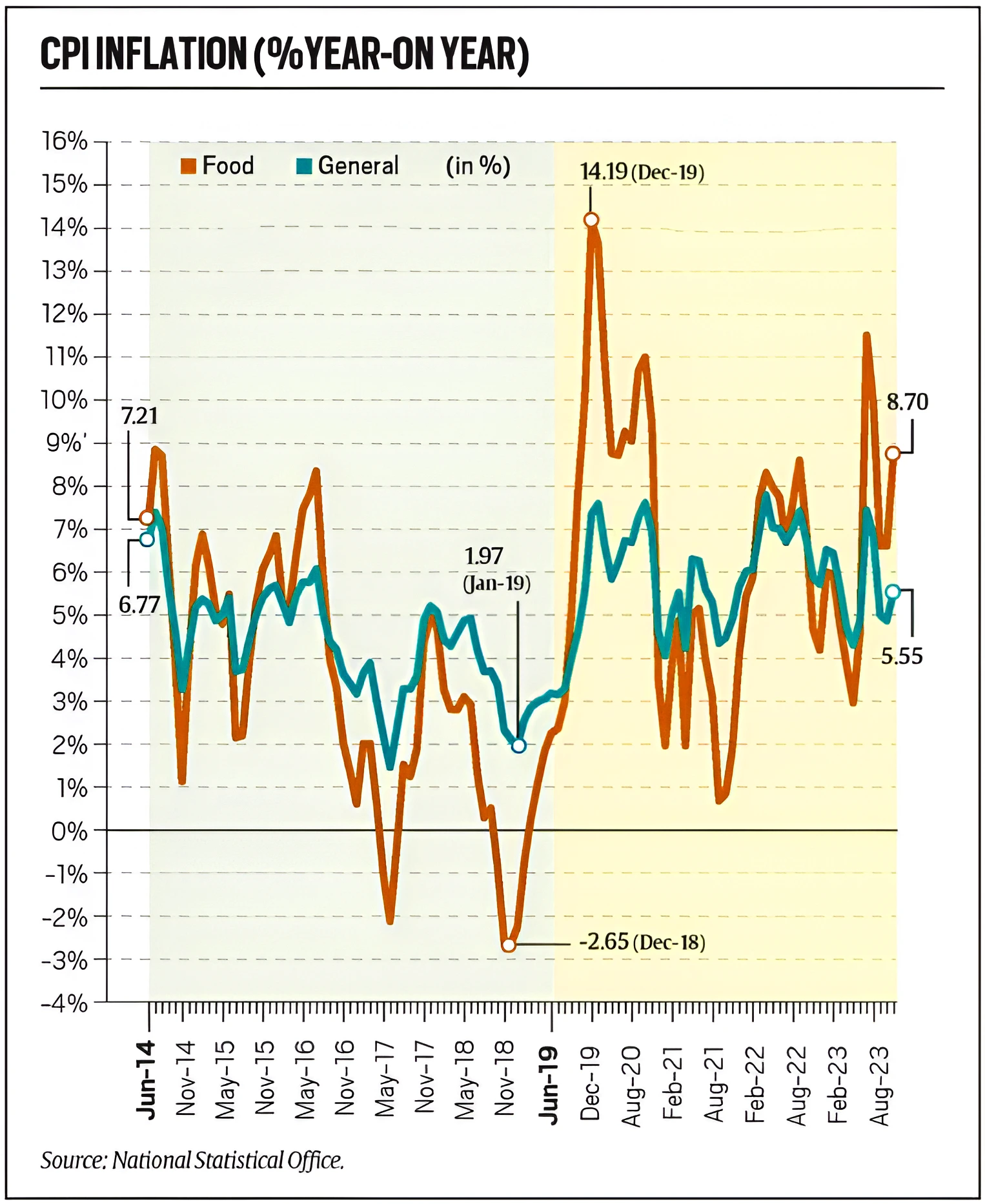
Must Read: State Of Food And Agriculture Report 2023
About Inflation
|
|---|
The shift in Indian farm and food policy, from pro-producer to pro-consumer, aimed at addressing surplus production and low prices. however, it has resulted in challenges in supply, inflation, and agri-exports, emphasizing the need for a balanced and adaptable approach.
<div class="new-fform">
</div>
